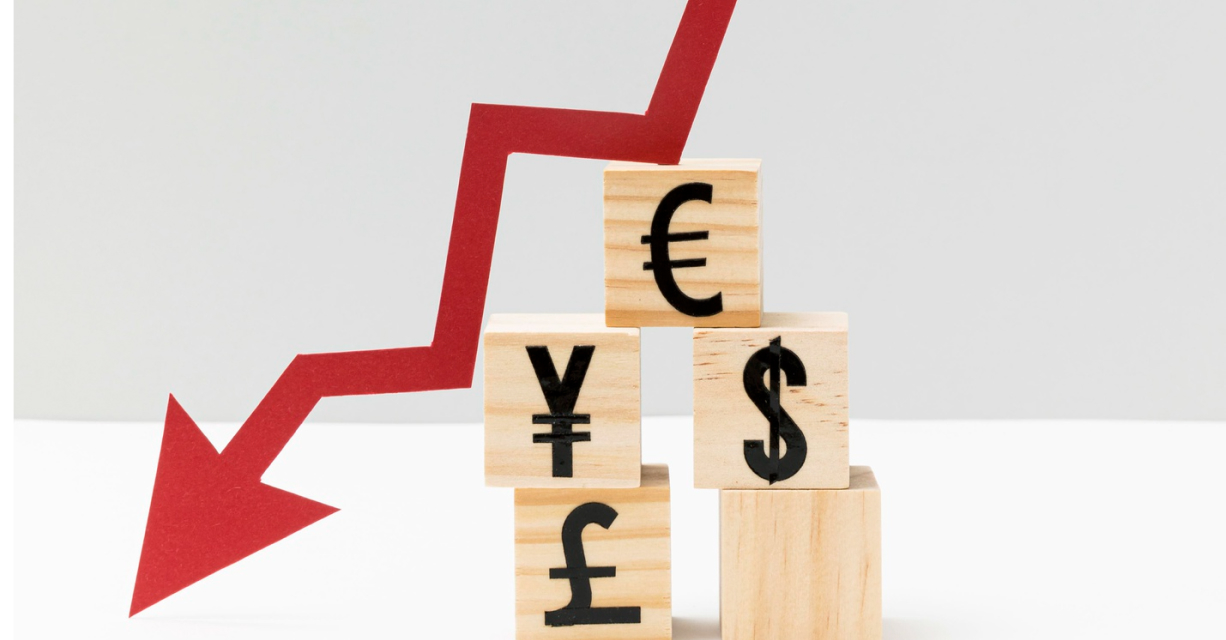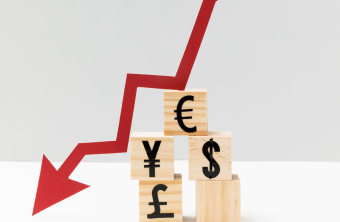

Inflation is a constant force in the economy, affecting the purchasing power of money over time. While moderate inflation is a sign of a healthy economy, it can erode the value of your savings and investments if left unchecked. In this article, we’ll explore the impact of inflation on your savings and investments, discuss strategies for mitigating its effects, and offer tips for preserving your wealth in an inflationary environment.
Inflation is the rate at which the general level of prices for goods and services rises over time, resulting in a decrease in purchasing power. It is typically measured using the Consumer Price Index (CPI) or the Producer Price Index (PPI), which track changes in the prices of a basket of goods and services over time.
Inflation can be caused by various factors, including increased demand, rising production costs, expansionary monetary policy, and supply chain disruptions. While moderate inflation is a normal part of a growing economy, high or hyperinflation can have severe consequences, such as eroding savings, reducing consumer purchasing power, and distorting economic decision-making.
Inflation can have a significant impact on the value of your savings over time. As the cost of goods and services increases, the purchasing power of your money decreases, meaning that you can buy fewer goods and services with the same amount of money.
For example, suppose you have $1,000 in a savings account earning a 1% annual interest rate. If inflation is running at 2% per year, the real value of your savings will decrease over time, even though the nominal value may increase due to interest earnings. Inflation effectively eats away at the purchasing power of your savings, making it more difficult to maintain your standard of living over time.
Inflation can also affect the value of your investments, particularly fixed-income securities such as bonds and savings accounts. When inflation rises, the real return on these investments may decrease, as the interest or returns earned may not keep pace with the rate of inflation.
Additionally, inflation can impact the value of stocks and other equities, as companies may face higher production costs, reduced consumer spending, and decreased profitability in an inflationary environment. While some companies may be able to pass on higher costs to consumers through price increases, others may struggle to maintain margins and profitability.
While you can’t control inflation, there are strategies you can employ to mitigate its effects on your savings and investments:
In addition to investing strategies, there are practical steps you can take to preserve your wealth and maintain your purchasing power in an inflationary environment:
Inflation can have a significant impact on your savings and investments, reducing the purchasing power of your money over time and eroding the value of your financial assets. By understanding the causes and consequences of inflation and implementing proactive strategies to mitigate its effects, you can protect your wealth, preserve your purchasing power, and achieve your long-term financial goals. Whether through investing in inflation-protected securities, diversifying your portfolio, or reducing debt, there are steps you can take to navigate inflationary environments and safeguard your financial future. Start by assessing your financial situation, reviewing your investment strategy, and taking action to protect against the erosive effects of inflation on your savings and investments.